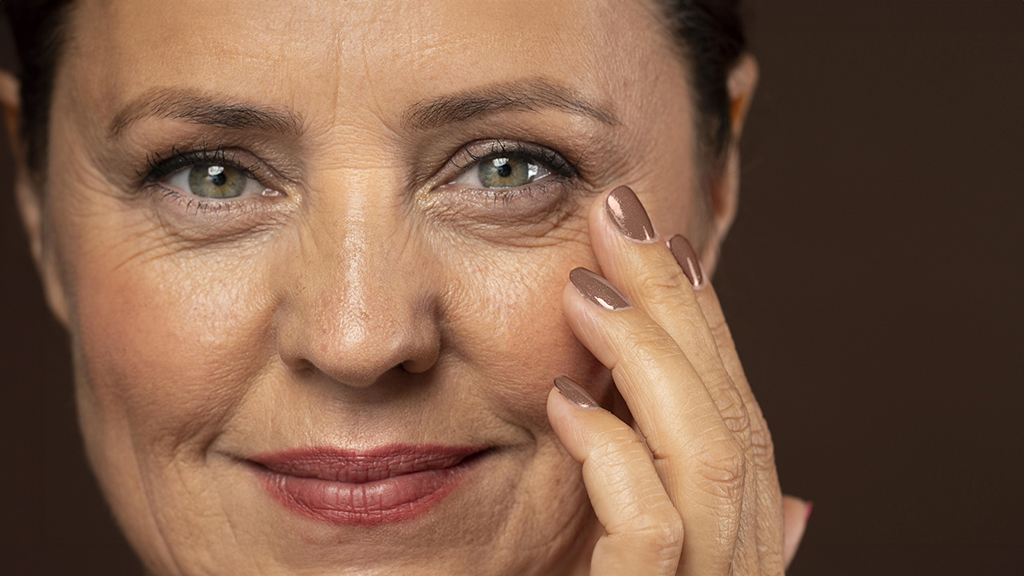Risks and Complications of Mole / Skin Lesion / Lipoma Surgery
Every surgical procedure involves a certain amount of risk, and it is important that you understand these risks and the possible complications associated with them. In addition, every procedure has limitations. An individual’s choice to undergo a surgical procedure is based on the comparison of the risk to potential benefit. Although the majority of patients do not experience these complications, you should discuss each of them with your plastic surgeon to make sure you understand all possible consequences of mole/skin lesion/lipoma surgery.
Specific Risks of Mole / Skin Lesion / Lipoma Surgery
Systemic Spread of Mole / Skin Lesion / Lipoma – Certain varieties of mole/skin lesion/lipoma can spread to other areas of the body. Depending on the cell type and degree of invasion of the mole/skin lesion/lipoma. additional surgery or treatment may be necessary. In some situations that involve melanoma-type skin lesions, patients may be advised to consider a sentinel lymph node biopsy staging procedure at the time of the excision of the skin lesion.
Recurrence of Skin Lesion / Lipoma – Skin lesion/lipoma in rare situations can recur after surgical excision. Additional treatment or secondary surgery may be necessary.
Frozen-Section Inaccuracy – Frozen – section techniques used to determine tissue pathology and completeness of skin lesion removal may be inaccurate. It is possible that subsequent tissue analysis may identify that there may be incomplete removal of the skin lesion or the presence of different tissue pathology. Additional surgery may be necessary if it is determined that the removal of the skin lesion is incomplete.
General Risks of Surgery
Healing Issues – Certain medical conditions, dietary supplements, and medications may delay and interfere with healing. Patients with massive weight loss may have a healing delay that could result in the incisions coming apart, infection, and tissue changes resulting in the need for additional medical care, surgery, and prolonged hospitalizations. Patients with diabetes or those taking medications such as steroids on an extended basis may have prolonged healing issues. Smoking will cause a delay in the healing process, often resulting in the need for additional surgery.
There are general risks associated with healing such as swelling, bleeding, and the length of surgery and anesthesia that include a longer recovery and the possibility of additional surgery, prolonged recovery, color changes, shape changes, infection, not meeting goals and expectations, and added expense to the patient.
Bleeding – It is possible, though unusual, to experience a bleeding episode during or after surgery. Should post-operative bleeding occur, it may require emergency treatment to drain accumulated blood or you may require a blood transfusion, though such occurrences are rare. Increased activity too soon after surgery can lead to an increased chance of bleeding and additional surgery. It is important to follow postoperative instructions and limit exercise and strenuous activity for the instructed time. Do not take any aspirin or anti-inflammatory medications for at least ten days before or after surgery, as this may increase the risk of bleeding.
Non-prescription “herbs” and dietary supplements can increase the risk of surgical bleeding. Hematoma can occur at any time, usually in the first three weeks following injury to the operative area. If blood transfusions are necessary to treat blood loss, there is the risk of blood-related infections such as hepatitis and HIV (AIDS). Heparin medications that are used to prevent blood clots in veins can produce bleeding and decreased blood platelets.
Infection – Infection is unusual after surgery. Should an infection occur, additional treatment including antibiotics, hospitalization, or additional surgery may be necessary. It is important to tell your surgeon of any other infections, such as ingrown toenails, insect bites, or urinary tract infections. Remote infections, infections in other parts of the body, may lead to an infection in the operated area.
Scarring – All surgery leaves scars, some more visible than others. Although good wound healing after a surgical procedure is expected, abnormal scars may occur within the skin and deeper tissues. Scars may be unattractive and of a different color than the surrounding skin tone. Scar appearance may also vary within the same scar. Scars may be asymmetrical (appear different on the right and left sides of the body). There is the possibility of visible marks in the skin from sutures. In some cases, scars may require surgical revision or treatment.
Firmness – Excessive firmness can occur after surgery due to internal scarring. The occurrence of this is not predictable. Additional treatment including surgery may be necessary.
Skin Discoloration / Swelling – Some bruising and swelling normally occur. The skin in or near the surgical site can appear either lighter or darker than the surrounding skin. Although uncommon, swelling and skin discoloration may persist for long periods and, in rare situations, may be permanent.
Skin Contour Irregularities – Contour and shape irregularities may occur. Visible and palpable wrinkling of skin may occur. Residual skin irregularities at the ends of the incisions or “dog ears” are always a possibility when there is excessive redundant skin. This may improve with time, or it can be surgically corrected.
Change in Skin Sensation – It is common to experience diminished (or loss) skin sensation in areas that have had surgery. Diminished (or complete loss of skin sensation) may not resolve.
Skin Sensitivity – Itching, tenderness, or exaggerated responses to hot or cold temperatures may occur after surgery. Usually, this resolves during healing, but in rare situations, it may be chronic.
Major Wound Separation – Wounds may separate after surgery. Should this occur, additional treatment including surgery may be necessary.
Sutures – Most surgical techniques use deep sutures. You may notice these sutures after your surgery. Sutures may spontaneously poke through the skin, become visible or produce irritation that requires suture removal.
Delayed Healing – Wound disruption or delayed wound healing is possible. Some areas of the skin may not heal normally and may take a long time to heal. Areas of skin may die. This may require frequent dressing changes or further surgery to remove the non-healed tissue. Individuals who have decreased blood supply to tissue from past surgery or radiation therapy may be at increased risk for wound healing and poor surgical outcome.
Smokers have a greater risk of skin loss and wound healing complications.
Damage to Deeper Structures – There is the potential for injury to deeper structures including nerves, blood vessels, muscles, and lungs (pneumothorax) during any surgical procedure. The potential for this to occur varies according to the type of procedure being performed. Injury to deeper structures may be temporary or permanent.
Fat Necrosis – Fatty tissue found deep in the skin might die. This may produce areas of firmness within the skin. Additional surgery to remove areas of fat necrosis may be necessary. There is the possibility of contour irregularities in the skin that may result from fat necrosis.
Surgical Anesthesia – Both local and general anesthesia involve risk. There is the possibility of complications, injury, and even death from all forms of surgical anesthesia or sedation.
Shock – In rare circumstances, your surgical procedure can cause severe trauma, particularly when multiple or extensive procedures are performed. Although serious complications are infrequent, infections or excessive fluid loss can lead to severe illness and even death. If surgical shock occurs, hospitalization and additional treatment would be necessary.
Pain – You will experience pain after your surgery. The pain of varying intensity and duration may occur and persist after surgery. Chronic pain may occur very infrequently from nerves becoming trapped in scar tissue or due to tissue stretching.
Allergic Reactions – In rare cases, local allergies to tape, suture material, glues, blood products, topical preparations, or injected agents have been reported. Serious systemic reactions including shock (anaphylaxis) may occur in response to drugs used during surgery and prescription medicines. Allergic reactions may require additional treatment.
Unsatisfactory Result – Although good results are expected, there is no guarantee or warranty expressed or implied, on the results that may be obtained. You may be disappointed with the results of the surgery. Asymmetry, unanticipated shape and size, loss of function, wound disruption, poor healing, and loss of sensation may occur after surgery. Size may be incorrect. Unsatisfactory surgical scar location or appearance may occur. It may be necessary to perform additional surgery to improve your results.
ADDITIONAL SURGERY NECESSARY (Re-Operations)
There are many variable conditions that may influence the long-term result of surgery. It is unknown how your tissue may respond or how wound healing will occur after surgery. Secondary surgery may be necessary to perform additional tightening or repositioning of body structures. Should complications occur, additional surgery or other treatments may be necessary. Even though risks and complications occur infrequently, the risks cited are particularly associated with this surgery.
Other complications and risks can occur but are even more uncommon. The practice of medicine and surgery is not an exact science. Although good results are expected, there is no guarantee or warranty expressed or implied, on the results that may be obtained. In some situations, it may not be possible to achieve optimal results with a single surgical procedure.
For details about procedures and treatments or for a consultation, advice and prices from our Dubai clinic please call +971 4 431 2396 or use our online form.


